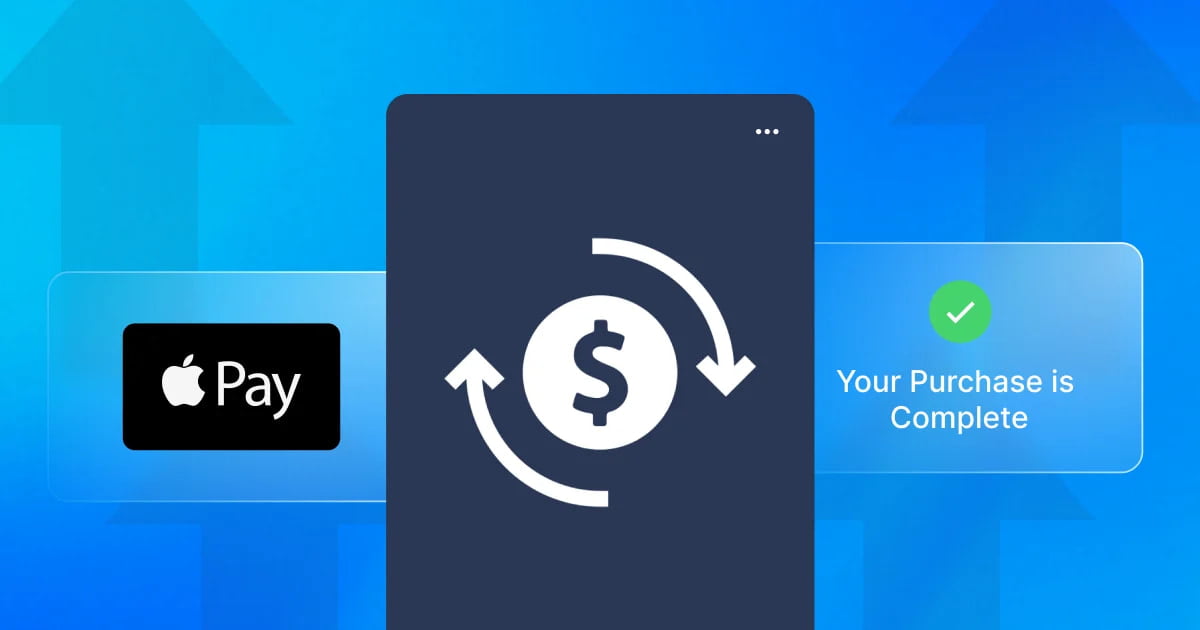When designing mobile apps, a seamless and intuitive in-app user experience is the cornerstone of success. It's not enough to attract users to your app; you must guide them towards desired actions that lead to increased conversions and improved user satisfaction. In this comprehensive guide, we will explore the art and science of optimizing the in-app user experience to maximize conversions. You will learn how to design user-centric interfaces, employ persuasive techniques, and leverage data-driven insights to create an environment where users willingly take the actions you desire. By the end of this article, you'll have everything you need to learn how to optimize in-app user experience for conversions.

Understanding the In-App User Experience
The in-app user experience encompasses every interaction a user has within your app, from the moment they launch it to the point where they complete specific actions or transactions. A well-crafted in-app user experience is critical for achieving higher conversion rates, whether your goals involve sales, sign-ups, subscriptions, or any other desired actions.
Designing a User-Centric Interface
- Intuitive Navigation: Ensure that your app's navigation is intuitive and user-friendly. Users should easily find their way around your app without confusion.
- Simplified Onboarding: Streamline the onboarding process to minimize friction for new users. Ask for minimal information upfront and guide users through the setup process with clear instructions.
- Consistent Design Language: Maintain a consistent design language throughout your app. Use a standardized color palette, typography, and UI elements to create a cohesive and visually appealing experience.
- Compelling Call-to-Action (CTA) Buttons: Use persuasive language in your CTA buttons to encourage action. Phrases like "Get Started," "Try It Now," or "Unlock Your Benefits" can prompt users to take the next step.
- Progress Indicators: Show users their progress within the app, whether it's completing a multi-step form or achieving a specific milestone. Progress indicators create a sense of accomplishment and encourage users to continue.
- Social Proof: Incorporate social proof elements, such as user reviews, ratings, and testimonials, to build trust and credibility. Seeing that others have had a positive experience can sway users towards conversion.
- Scarcity and Urgency: Introduce elements of scarcity and urgency to prompt action. Limited-time offers, flash sales, and countdown timers can create a sense of FOMO (Fear of Missing Out).
Data-Driven Insights and Personalization
- User Behavior Analysis: Leverage user behavior data to understand how users interact with your app. Identify pain points, drop-off points, and areas where users typically convert.
- Personalization: Implement personalization features that cater to individual user preferences. Tailor content, recommendations, and offers based on user history and behavior.
- A/B Testing: Conduct A/B tests to experiment with different design elements, copywriting, and user flows. This data-driven approach allows you to optimize for conversions effectively.
Minimizing Friction and Barriers
- Streamlined Forms: Keep forms concise and collect only essential information. Implement autofill options and error handling to minimize user frustration.
- One-Click Actions: Wherever possible, reduce the number of clicks required to complete an action. Simplify the conversion path to make it effortless for users.
- Transparent Pricing: If your app involves purchases or subscriptions, provide clear and transparent pricing information. Hidden costs or complex pricing structures can deter users.
User Feedback and Iteration
- Feedback Mechanisms: Implement feedback mechanisms within your app to allow users to express their concerns, suggestions, or issues. Actively solicit and respond to user feedback.
- Continuous Improvement: Use user feedback, analytics, and A/B testing results to drive iterative improvements. Keep refining your app's user experience to address pain points and enhance conversions.
Conclusion
